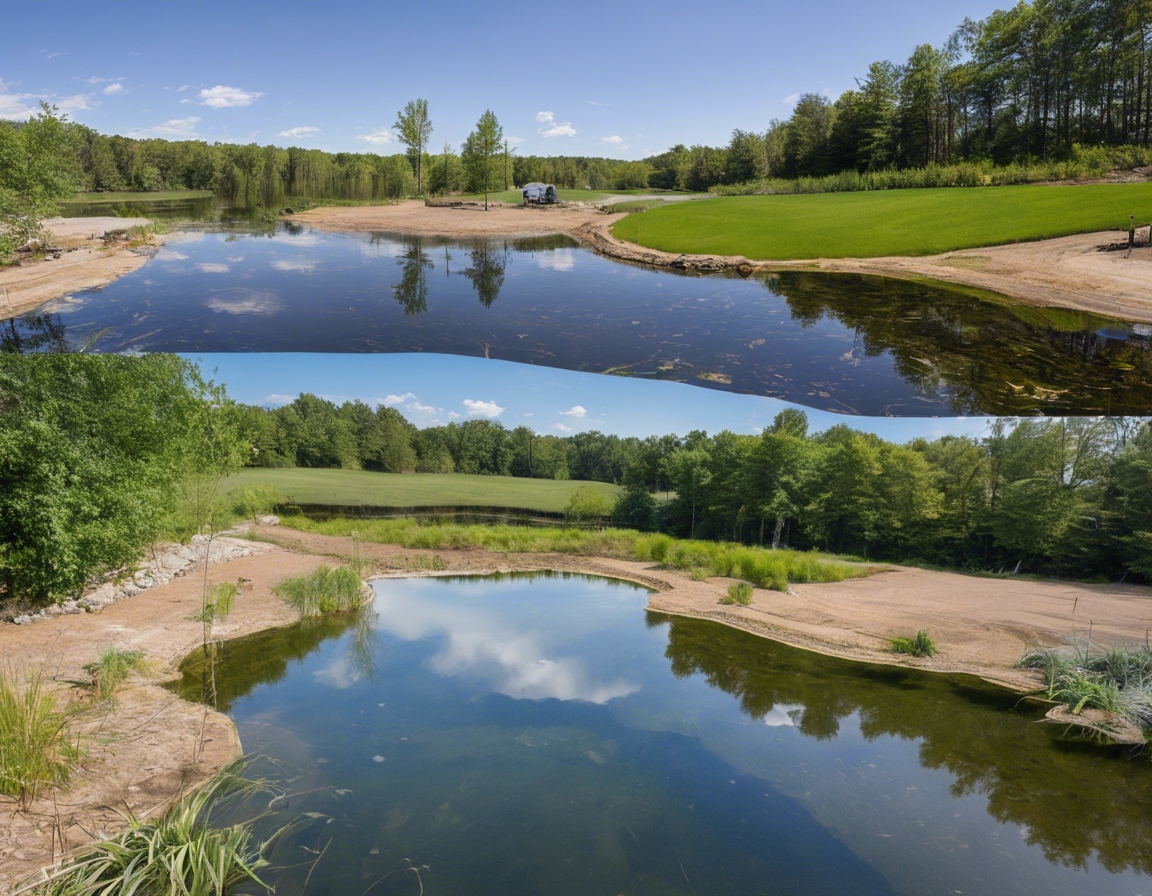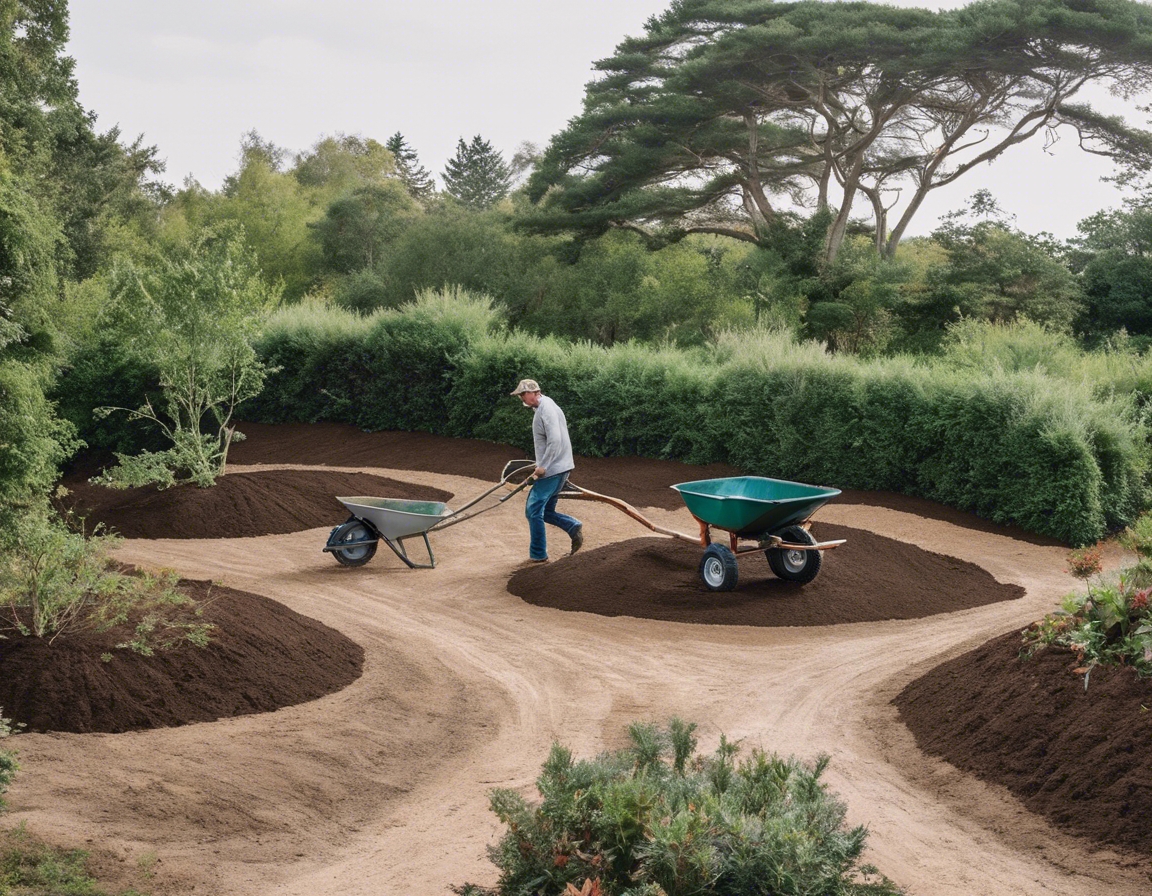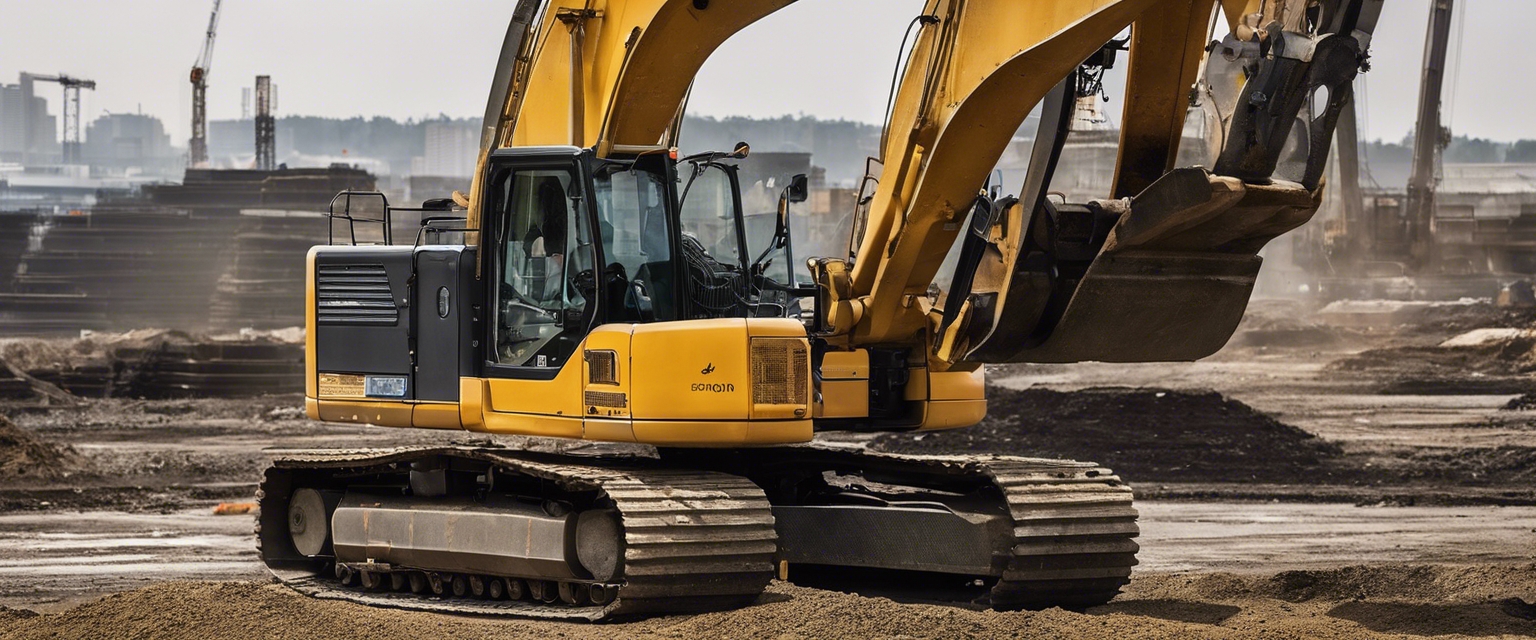5 innovative techniques in modern road construction
As the demand for durable and sustainable infrastructure grows, the road construction industry continues to evolve, introducing innovative techniques that address efficiency, longevity, and environmental concerns. In this post, we'll explore five cutting-edge methods that are revolutionizing the way roads are built.
1. Intelligent Compaction (IC) Technology
Intelligent Compaction (IC) technology involves the use of advanced vibratory rollers equipped with integrated measurement systems and GPS mapping. These rollers provide real-time data on soil and asphalt compaction levels, allowing for precise adjustments to achieve optimal density and uniformity.
IC technology enhances road quality by ensuring a more uniform compaction, which leads to increased pavement life and reduced maintenance costs. Additionally, the data collected can be used for future reference and quality control, making IC an invaluable tool for modern road construction projects.
2. Cold Central Plant Recycling (CCPR)
Cold Central Plant Recycling (CCPR) is a method where reclaimed asphalt pavement (RAP) is processed off-site and then applied as a new road base layer. This technique reduces the need for virgin materials and minimizes the environmental impact of road construction.
CCPR not only conserves natural resources but also lowers the carbon footprint of road construction. It is cost-effective, as it reduces material and transportation costs, and promotes sustainability by recycling existing materials.
3. Use of Geosynthetics
Geosynthetics, such as geotextiles, geogrids, and geomembranes, are synthetic materials used to enhance the structural integrity of roads. They serve various functions, including separation, reinforcement, filtration, and drainage.
By incorporating geosynthetics, road builders can improve the durability and lifespan of roads. These materials help to distribute loads more evenly, reduce rutting, and prevent soil erosion, ultimately leading to more resilient road infrastructure.
4. Full-Depth Reclamation (FDR) with Cement
Full-Depth Reclamation (FDR) with cement is a recycling technique that involves pulverizing the existing asphalt and base layer of a road, mixing it with cement, and using the mixture as a new base layer. This process rejuvenates the road structure from within, providing a strong foundation for the new surface.
FDR with cement is not only cost-effective but also environmentally friendly. It reduces the need for new materials and minimizes waste, aligning with sustainable construction practices.
5. Permeable Pavements
Permeable pavements are designed to allow water to pass through the surface and into the ground below, reducing runoff and promoting natural groundwater recharge. This type of pavement is particularly beneficial in urban areas where traditional drainage systems can be overwhelmed during heavy rainfall.
Aside from mitigating flood risks, permeable pavements also reduce the heat island effect and can improve water quality by filtering pollutants. Their versatility makes them suitable for both urban and rural applications, offering a sustainable solution for modern road construction.






Comments (0)